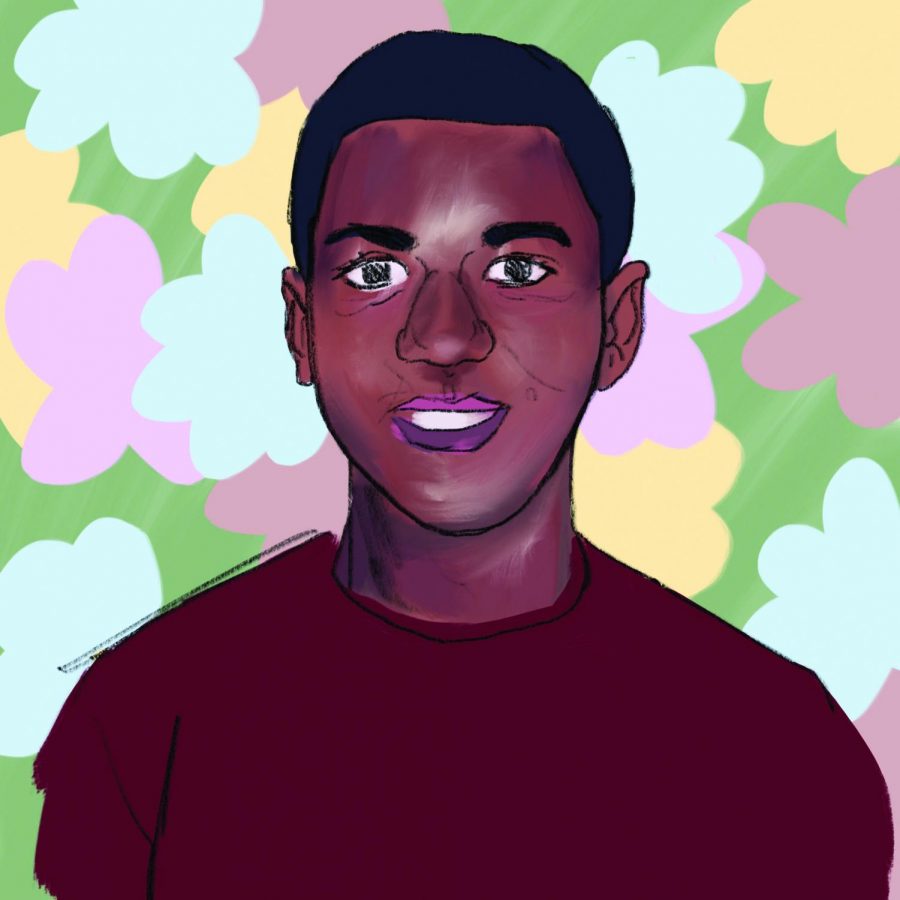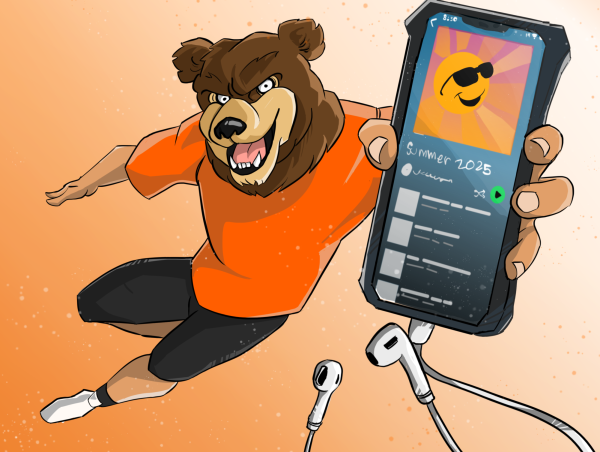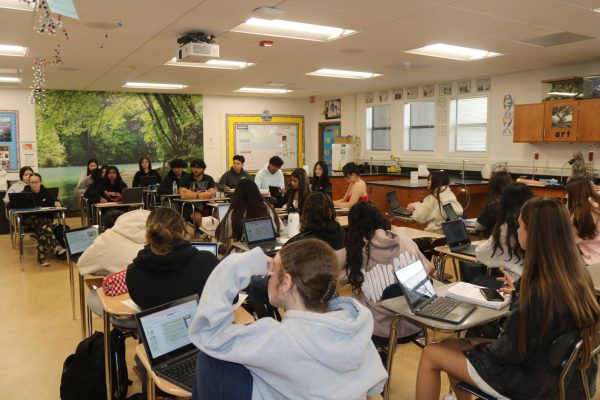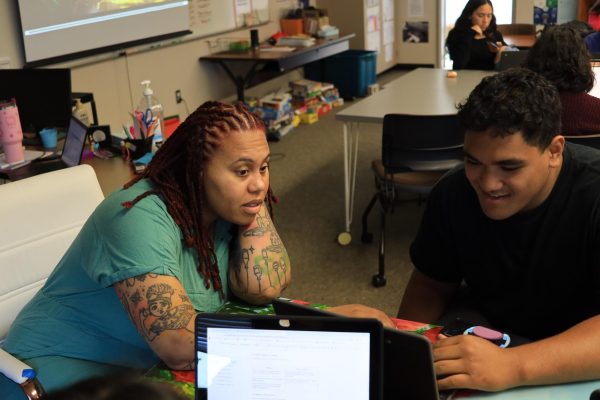The reality black Americans face
Treyvon Martin – 2012 A 17-year-old boy who was shot while wearing a hoodie in Fla.
In the age of voter suppression, po- lice brutality, and increasingly dispro- portionate incarceration rates, and with a political administration who isn’t on
our side, African Americans may feel weak and disheartened. Despite everything pushing against us, black people ev- erywhere are standing unit- ed with oursts raised,ready to take on anything that may come our
way.
In August
2017, the Char- lottesville Alt-Right Riots in Virginia claimed the life of one 32 year-old woman who was rammed into by a car while counter protesting and speaking up for the Black Lives Mat-
ter campaign.
Fast forward a few months to
March 18, 2018, when Stephon Clark, an unarmed black man from Sacramento, was shot eight times in his grandparents’ backyard when the police believed the cellphone he was holding was a gun.
In July 2018, Nia Wilson, an 18-year-old black girl who attended Oakland High School, was stabbed to death by a white man while getting off a BART train. Her sister, Letifah, was also stabbed in the neck and barely managed to get away.
In October 2018, after a series of
calls went viral involving white people calling the police on black people for living their lives, one incident really stuck out. Corey Lewis, a youth men- tor for his church, was babysitting two white children when a white woman called the police on Lewis.
Whether running daily errands, driv- ing home, or simply being in our own home, being black in modern America means constantly looking over our shoulders. The experience can be nerve wracking, stressful, and dangerous.
Perhaps one of the most horri cparts of the systematic oppression of black people comes in the form of disproportionately increasing police brutality and incarceration rates.
Of the 1,147 people police killed in 2017, black people accounted for 25 percent of these deaths despite making up only 13 percent of the population, according to Mapping Police Violence.
Black people are three times more likely to be killed by the police than white people. In 2015, 30 percent of black people killed by police were unarmed, compared to 20 percent of white victims. What’s most alarming is that 90 percent of the cases in recentyears have not ended with any of cerinvolved being convicted of a crime.
Accountability for police brutality is severely lacking – a depressing yet not entirely surprising reality, espe- cially considering the culture of white supremacy perpetuated by the current administration.
Racial pro ling has increased andblack people are being followed in stores and arrested for the simplest and most outrageous actions.
What’s happening in our prison system is equally discouraging.
In 2014, African Americans com- prised 2.3 million, or 34 percent, of
the total prison population. Black people were incarcerated at more thanve times the rate of white people,according to NAACP.org. If black and Hispanic people were incarcerated at the same rates as white people, prison and jail populations would decline by almost 40 percent.
In last November’s midterm elec- tion, black people in the south expe- rienced voter suppression, a strategyused to in uence the outcome of anelection by discouraging or preventing people from their legal right to vote.
Claims of voter suppression multi- plied during the 2018 midterm-election cycle, according to The Atlantic. Gerrymanders diluted black and La- tino votes and Voter-ID laws in some states disproportionately affected black people and other minority groups. Polling-places
changed, lines were unusu- ally long,
and irreg- ularities
charac- terized
Oscar Grant-
2009- A 22-year-
old shot
and killed by BART police.
the voting experiences of many com- munities of color.
Despite the blatant racism and op- pression we’ve faced the past few years, the black community has risen from the ashes culturally and politically, as well how we’re represented in the media.
The film “Moonlight” won the 2017 Best Picture at the Oscars. The lmwas directed by African American Barry Jenkins and featured a mostly black cast. Thelm discussed homophobia within the black community as well as drug addiction and abuse.
After the Marjory Stone- man Douglas High School shoot- ing in 2018, the March for Our Lives campaign had a country- wide protest that was broadcast live. In Washington, D.C., an 11-year-old black girl named Naomi Wadler de- livered an extremely articulate speech about gun violence and the girls killed by the police that are left out in the media.




